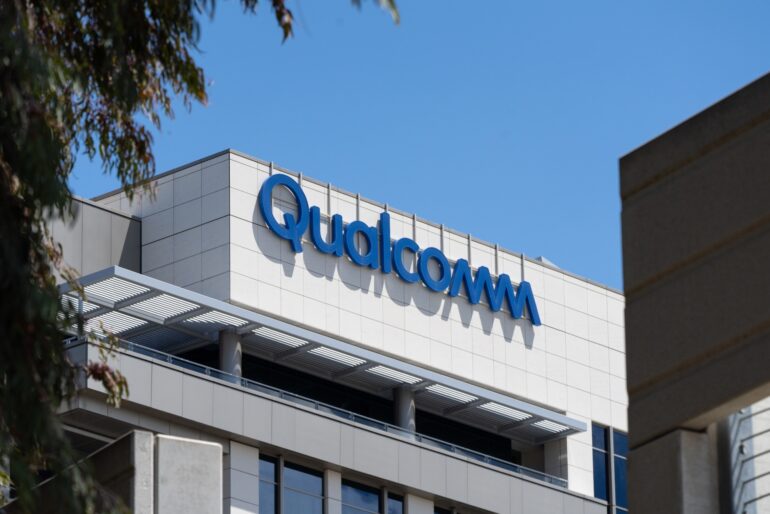TL;DR:
- Generative artificial intelligence (AI) is experiencing rapid innovation and development, with a market value estimated at $1 trillion.
- It has the potential to revolutionize content creation and search methods and improve daily life.
- Generative AI enables smartphones to function as digital assistants, facilitates tasks such as reading emails and drafting documents, and assists in-car experiences.
- Hybrid AI computing architecture, combining cloud and device processing, optimize efficiency and enhances user experience.
- Generative AI processing can occur on devices, in the cloud, or a combination of both.
- Meeting user expectations for speed and quality of service is challenging with cloud-based processing alone.
- Data centers are costly and energy-intensive, posing privacy and reliability concerns.
- Hybrid AI is necessary to meet growing demand and overcome limitations.
- High-performance, low-power devices working in collaboration with the cloud will enable generative AI to scale efficiently.
- Hybrid AI offers powerful and optimized AI capabilities for next-generation experiences.
Main AI News:
The realm of generative artificial intelligence (AI) is experiencing an unparalleled surge of innovation and development, and this is merely the inception. The scope of how, where, and why we will employ this technology is vast, surpassing the boundaries of our imagination. Early assessments have valued the generative AI market at an astounding $1 trillion.
The impact of this technology extends beyond revolutionizing content creation and search methods; it has the potential to enhance our daily lives significantly. With generative AI, your smartphone can metamorphose into a bona fide digital assistant, enabling seamless and natural communication while providing thoughtful responses. PC users can harness its power to effortlessly peruse emails, compose documents, and automatically generate captivating presentations.
In the automotive industry, a conversational in-car assistant can offer invaluable suggestions for recharging your vehicle, procuring a parking permit, or even arranging a delectable dinner on your way home. Moreover, A.I.-powered kiosks and intelligent carts in stores will aid shoppers by curating menus with delectable recipes tailored to their weekly specials, budget constraints, and family preferences.
To unlock the full potential of generative AI and cater to the surging demand, we require a synergy between the cloud and billions of connected devices, including smartphones, PCs, and vehicles, capable of delivering high-performance AI computing with minimal power consumption. This is where hybrid AI enters the stage. Employing a hybrid AI computing architecture allows for the optimal distribution of processing tasks between the cloud and devices, enhancing efficiency and elevating the overall user experience.
Generative AI processing can be executed directly on the device, offloaded to the cloud when necessary, or even utilized a combination of both seamlessly and imperceptibly to the user. It is imperative that users enjoy an experience akin to that of a traditional search, where results materialize in less than a second. However, meeting these expectations would prove exorbitantly costly to scale using cloud-based processing, particularly during peak periods when a guaranteed quality of service is indispensable.
Data centers, notorious for their voracious appetite for energy and expense, pose a significant challenge. The cost of executing each generative AI web search query is estimated to be ten times higher than that of traditional search methods. With an excess of 10 billion queries each day, the cumulative incremental cost could easily soar into the billions of dollars annually—and it is crucial to note that web search is just one of the myriad of avenues through which this technology will metamorphose numerous industries.
Apart from the financial implications, relying solely on cloud-based processing for all inference tasks presents a myriad of challenges encompassing privacy, reliability, and performance. When a request traverses to the cloud, data inevitably departs from the user’s device, thereby engendering potential security concerns. In fact, the collection and storage of personal data have already instigated regulatory and compliance issues, prompting the temporary deactivation of certain models.
Hybrid AI is an inevitability we cannot afford to ignore. As we continuously unearth novel applications for generative AI, the demand for cloud infrastructure will surge exponentially. Hybrid AI processing represents the next phase of computing evolution, much like the transition from mainframes to desktops to the current amalgamation of cloud and handheld devices.
By harnessing the computational capabilities of high-performance, low-power devices, we empower generative AI to scale efficiently. The seamless collaboration between the cloud and devices will pave the way for next-generation experiences, imbuing them with formidable, efficient, and meticulously optimized AI capabilities.
Conlcusion:
The market for generative artificial intelligence (AI) is poised for remarkable growth, with an estimated value of $1 trillion. This technology has the potential to revolutionize various aspects of daily life, including content creation, search methods, and personalized user experiences. However, to meet the demands for speed, efficiency, and privacy, a hybrid AI computing architecture is essential.
This architecture combines cloud and device processing, enabling high-performance, low-power devices to collaborate with the cloud, resulting in optimized AI capabilities. By embracing hybrid AI, businesses can unlock the full potential of generative AI and provide next-generation experiences that are efficient, powerful, and tailored to user needs.

